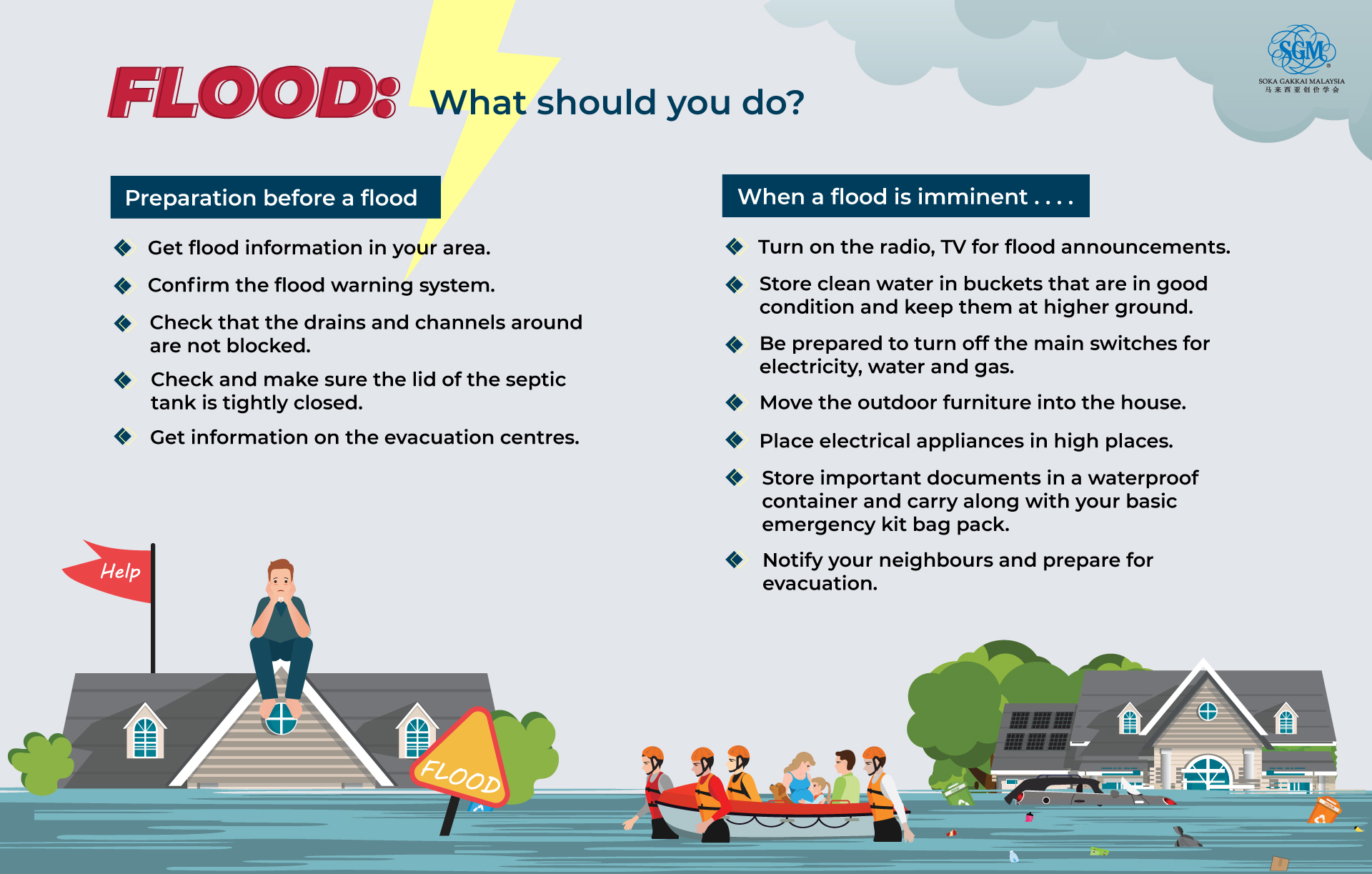Effective Flood Alert Systems: Preparation And Response Strategies

Table of Contents
Understanding Different Types of Flood Alert Systems
Flood alert systems are critical for timely warnings, allowing individuals and communities to prepare for and respond to impending floods. Several systems exist, each with its own strengths and weaknesses.
- SMS Alerts: Text message alerts offer a widespread reach, directly notifying subscribers of impending floods. However, they rely on mobile network availability, which can be compromised during severe weather events.
- Mobile Apps: Many weather and emergency apps (like the FEMA app in the US) provide real-time flood warnings, often including interactive maps and detailed information. These offer convenience and comprehensive data but require smartphone access and reliable internet connectivity.
- Sirens: Outdoor sirens provide immediate audible warnings, effective for covering larger areas. Their limitations include limited range, potential for misinterpretation, and ineffectiveness in areas with significant background noise.
- Radio Broadcasts: Traditional radio broadcasts, especially NOAA Weather Radio in the US, remain a reliable source of flood warnings and emergency information. They have broad reach, but rely on access to a functioning radio and may not reach everyone equally.
- Community Notification Systems: Many local governments utilize integrated systems combining several methods (SMS, email, phone calls) to reach residents. This approach improves reach but necessitates accurate resident data and system maintenance.
Examples of Specific Systems:
- NOAA Weather Radio (US): Provides continuous weather information, including flood warnings.
- Numerous local government mobile apps: Check your local government website for dedicated emergency apps.
Developing a Proactive Flood Preparedness Plan
A proactive flood preparedness plan is essential. Waiting until a flood hits is too late. Preparation is key to minimizing losses and ensuring safety. Here are crucial steps:
- Identify Flood Risks: Utilize flood maps (often available on your local government's website) and review historical flood data to pinpoint areas at high risk.
- Create an Emergency Kit: Prepare a kit containing at least three days' worth of water, non-perishable food, first-aid supplies, essential medications, important documents (copies of insurance policies, identification), and extra batteries.
- Develop an Evacuation Plan: Identify potential escape routes, designate a meeting point outside the flood zone, and practice your plan regularly. Ensure everyone in your household knows the plan.
- Register for Flood Alerts and Warnings: Sign up for local flood alert services through your community's website, mobile apps, or emergency management agency.
Responding Effectively to Flood Alerts
Upon receiving a flood warning, immediate action is crucial. Your response should be swift and decisive:
- Move Valuable Items to Higher Ground: Relocate irreplaceable items, electronics, and furniture to a safe location above the expected flood level.
- Turn Off Utilities: Shut off electricity, gas, and water to prevent further damage and hazards.
- Evacuate if Instructed: Heed instructions from local authorities and evacuate immediately if instructed. Don't delay; rising waters can move quickly.
- Follow Official Instructions and Guidance: Stay informed through official channels and follow all safety guidelines issued by emergency services.
Improving Community-Wide Flood Alert Systems
Effective flood alert systems require a collaborative effort involving local governments, community organizations, and individuals.
- Governmental Role: Local governments play a critical role in disseminating warnings, providing resources, and planning for evacuations. Investment in robust, multi-channel systems is key.
- Public Education: Public awareness campaigns are crucial to educating communities about flood risks, preparedness, and response strategies. This includes multilingual materials and accessibility for people with disabilities.
- System Accessibility: Ensure that flood alert systems are accessible to everyone, including those with disabilities, language barriers, or limited technological access. Multiple communication methods are vital.
- Community Collaboration: Neighborhood preparedness initiatives and community watch programs can significantly enhance early warning systems and response efforts.
Building a Resilient Community with Effective Flood Alert Systems
Effective flood alert systems are a vital component of community resilience. By understanding the different systems, developing comprehensive preparedness plans, responding effectively to warnings, and fostering community-wide collaboration, we can significantly reduce the impact of floods. Register for your local flood alert systems today. Develop a personalized flood preparedness plan, and actively participate in community flood safety initiatives. Investing in and utilizing effective flood alert systems is not just about safety; it’s about building a more resilient and secure future for everyone.

Featured Posts
-
 G 7 Nations Discuss De Minimis Tariff Thresholds For Chinese Goods
May 25, 2025
G 7 Nations Discuss De Minimis Tariff Thresholds For Chinese Goods
May 25, 2025 -
 Leaked Glastonbury 2025 Lineup Confirmed Acts And How To Buy Tickets
May 25, 2025
Leaked Glastonbury 2025 Lineup Confirmed Acts And How To Buy Tickets
May 25, 2025 -
 Francis Sultanas Interior Design For Robuchon Restaurants In Monaco
May 25, 2025
Francis Sultanas Interior Design For Robuchon Restaurants In Monaco
May 25, 2025 -
 Public Accusations The Aftermath Of Kyle Walkers Night Out
May 25, 2025
Public Accusations The Aftermath Of Kyle Walkers Night Out
May 25, 2025 -
 Escape To The Country Choosing The Right Location For Your Needs
May 25, 2025
Escape To The Country Choosing The Right Location For Your Needs
May 25, 2025
Latest Posts
-
 Philippine Tennis Star Eala Set For Paris Grand Slam
May 25, 2025
Philippine Tennis Star Eala Set For Paris Grand Slam
May 25, 2025 -
 Alex Ealas Grand Slam Journey Begins In Paris
May 25, 2025
Alex Ealas Grand Slam Journey Begins In Paris
May 25, 2025 -
 Paris Grand Slam Ealas Historic First Appearance
May 25, 2025
Paris Grand Slam Ealas Historic First Appearance
May 25, 2025 -
 Ealas Grand Slam Debut In Paris A Look Ahead
May 25, 2025
Ealas Grand Slam Debut In Paris A Look Ahead
May 25, 2025 -
 Eala Ready For Paris Grand Slam Debut
May 25, 2025
Eala Ready For Paris Grand Slam Debut
May 25, 2025
